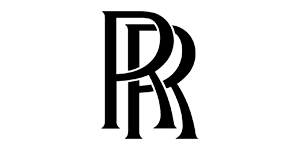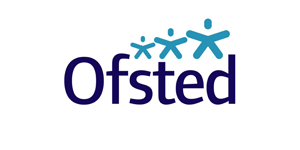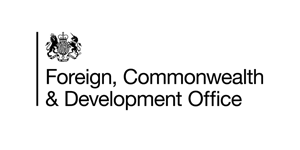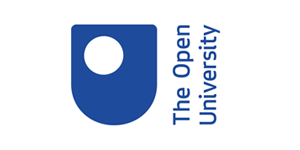Two perspectives on coaching supervision
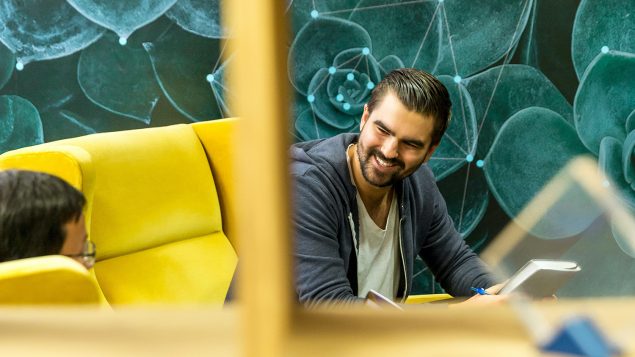
Owner/Source: European Mentoring and Coaching Council
How do we define coach supervision in organisations?
By Jeremy J Lewis
When we mention coach supervision in organisations, we probably think about a group of coaches or managers being trained in coaching skills who are supervised as they go through their qualification. If they are lucky, they might also have some form of supervision afterwards as they begin to practise their coaching skills, either from an internal supervisor or an external supervisor. The supervision might be group or individual supervision, or perhaps even both.
I am currently one of several external supervisors who have been hired by a higher education client to provide one-to-one supervision to their internal coaches. These are full-time staff, employed to coach students who are struggling. Kudos to the university for providing coaching support to students and for investing in their coaches after training them.
I have experience of other models of coach supervision in organisations, too. In addition to having my own coach supervisor, on a couple of occasions when I have been hired as part of a team of external coaches, we chose to bring in a supervisor to give us group supervision for that specific client engagement. This was especially useful as it flushed out themes and shared challenges of working within that organisational system, confidentially of course!
So when I think about coach supervision in organisations, the questions I am holding are broad. What does coach supervision mean in organisations:
• When the coaches are internal v external?
• When the coach supervision is group v individual?
• When the supervisor is internal or external?
• And when the coach supervisor is internal, how do they manage the boundaries between management and supervision?
In effect, I am asking how exactly do we define coach supervision in organisations? I will be joining Carole Whyley, Michelle Lucas, Sam Isaacson and Tim Spackman for a panel discussion on 12 July at 12 noon to explore these and other questions about supervision in organisations, such as:
• Who is coach supervision in organisations for?
• Who is responsible for coach supervision in organisations?
• What is the practical reality of coach supervision in organisations?
Book your place so you can put your questions to the panel.
Jeremy J Lewis is an accredited executive coach, qualified coach supervisor and researcher. He is a specialist visiting lecturer in team coaching on the MSc in Coaching and Mentoring at Sheffield Hallam University, and is joint co-ordinator of the Climate Coaching Alliance Local Community Group for Yorkshire. He is currently researching coach supervision: what do supervisors actually do?
Striking a pragmatic balance in coaching supervision
By Sam Isaacson
Coaching supervision is a critical part of every coach’s ongoing development. Within an organisational context, it also provides an important opportunity for quality assurance, an additional route for communications across the internal coach pool, and a means by which coaching insights can be collated and reported on in an anonymous, aggregated way. But attending regular supervision sessions takes time, and time is in short supply for almost all internal coaches.
The reality of the day-to-day for internal coaches is that they tend to have a day job. Many don’t do as much coaching as they’d like to, and even the ones that do have relatively low numbers of coachees assigned to them. The challenge around engagement with coaching supervision is therefore twofold: can a practising coach justify even more time away from their work responsibilities; and can they bring something of value to every supervision session?
I’ve seen coaching supervision work very well in the past, with high buy-in from coaches, high quality delivery, and demonstrable impact. But in reality, most organisations find it hard to justify the investment. It’s difficult enough to demonstrate a precise ROI for coaching, and coaching supervision can feel even more nebulous.
At CoachHub, our customers have increasingly asked for evidence around our coaches’ commitment to supervision. In the past, this has felt hard; our coach onboarding is rigorous and includes ensuring that our coaches are in supervision – only 5 percent of coaches who apply are accepted – and validating the supervision records of more than 3,500 coaches across more than 60 countries was an administrative challenge that didn’t feel like the best use of time.
Our approach has therefore been to launch the Digital Coaching Institute, a community dedicated to investing heavily in our coaches’ development, including coaching supervision, and being clearer about our insistence on it.
Many organisations can’t justify an approach like ours, so organisations need to strike a pragmatic balance. It’s absolutely right to be striving for the highest of professional standards, and there are many benefits of internal supervision. But who ought to deliver it, how the impact should be measured, and what a reasonable ask of internal coaches should look like will differ.
Sam Isaacson is an accredited coach, coaching supervisor and organisational adviser. He is Global Director of Consulting for CoachHub and Chair of the Coaching Professional apprenticeship trailblazer group. He sits on specialist working groups for the ICF and EMCC Global, and regularly writes about the impacts of technology on coaching and leadership.
Internal Supervision: Rhetoric, Reality and Responsibility – join the panel discussion on 12 July
July Spotlight on Supervision – find our resources here



